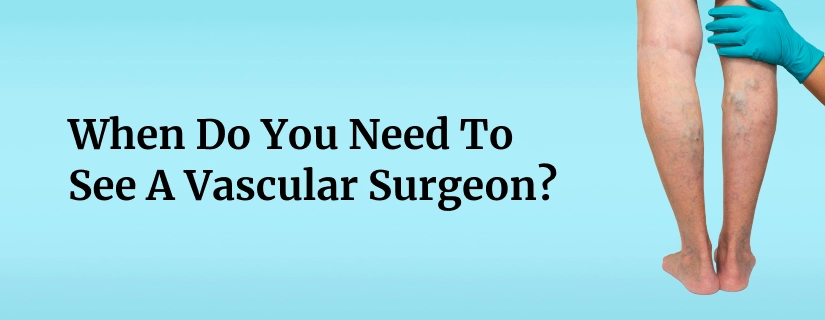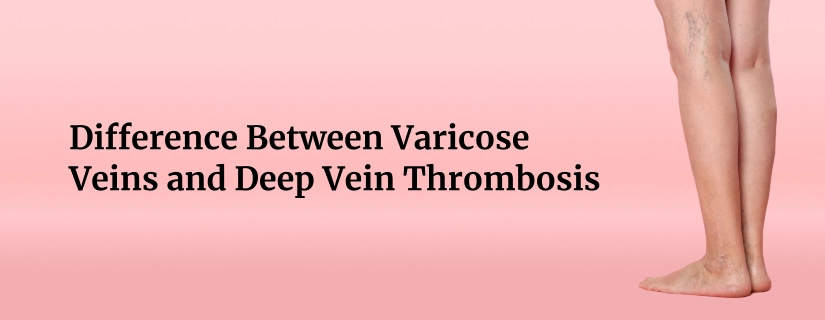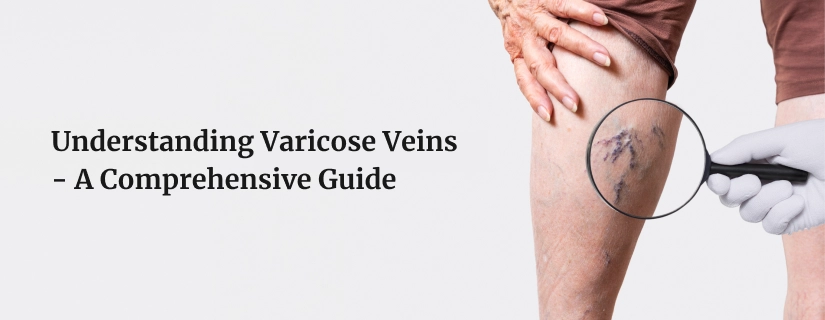-
Doctors
-
Specialities & Treatments
Centre of Excellence
Specialties
Treatments and Procedures
Hospitals & Directions HyderabadCARE Hospitals, Banjara Hills CARE Outpatient Centre, Banjara Hills CARE Hospitals, HITEC City CARE Hospitals, Nampally Gurunanak CARE Hospitals, Musheerabad CARE Hospitals Outpatient Centre, HITEC City CARE Hospitals, Malakpet
HyderabadCARE Hospitals, Banjara Hills CARE Outpatient Centre, Banjara Hills CARE Hospitals, HITEC City CARE Hospitals, Nampally Gurunanak CARE Hospitals, Musheerabad CARE Hospitals Outpatient Centre, HITEC City CARE Hospitals, Malakpet Raipur
Raipur
 Bhubaneswar
Bhubaneswar Visakhapatnam
Visakhapatnam
 Nagpur
Nagpur
 Indore
Indore
 Chh. Sambhajinagar
Chh. SambhajinagarClinics & Medical Centers
Book an AppointmentContact Us
Online Lab Reports
Book an Appointment
Consult Super-Specialist Doctors at CARE Hospitals
Compression Stockings: What are They, Types and How it Works
Updated on 29 November 2023
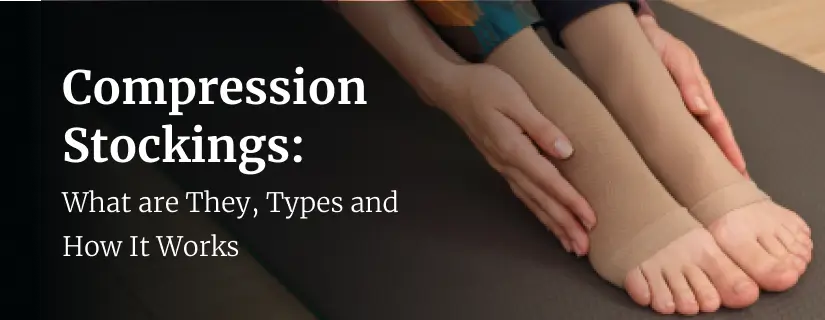
Compression stockings are specialised elastic garments applying gentle pressure to improve circulation and reduce leg swelling. Daily use helps with chronic venous insufficiency, blood pooling risks, and discomfort many experience being on their feet all day.
In this article, we’ll take a look at understanding when to wear them, how they work, and how understanding potential side effects can help ensure these stockings are used properly.
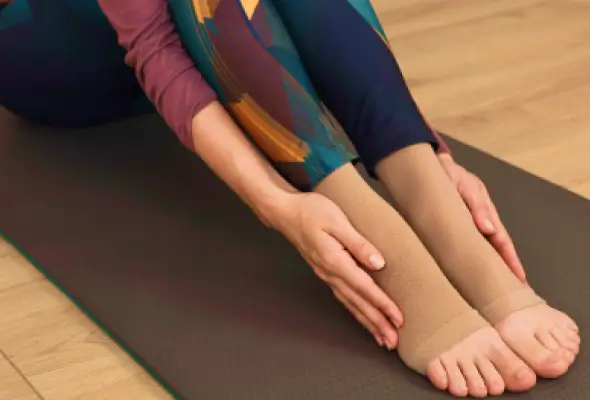
What are Compression Stockings?
Compression stockings are a type of elastic hosiery designed to apply adequate pressure at different levels-foot, ankle, leg and thereby assist in return of venous blood back to the heart.
- The graduated compression design is tighter at the ankles, gradually decreasing up the leg.
- This gentle squeezing motion helps movement of blood through the veins and reduces discomfort, fatigue and swelling.
- Compression stockings come in various styles and lengths, providing options for treatment of Varicose veins, Deep vein thrombosis, to prevent blood clot formation after surgery or in bedridden patients.
Types of Compression Stockings
Common compression stocking types include:
- Graduated Compression Stockings:
- The graduated compression stockings have interwoven fibres of fabric with inbuilt memory to deliver graduated pressure from foot up to the knee. These stockings are designed to give maximum pressure at the ankle that gradually decreases upwards to the knee depending on the class of compression stockings recommended by the doctor.
- They are usually used as an adjunct treatment in patients suffering from Varicose veins, Deep vein thrombosis, Lymphedema and venous malformations.
- Anti-Embolism Stockings:
- As the name suggests these stockings offer adequate compression to the leg veins and lower risks of clot formation during healing and recovery when mobility is limited.
- Hospital grade anti-embolism stockings require proper medical sizing and fitting.

Who Should Use Compression Stockings?
Compression stockings can benefit many individuals with circulation issues, including:
- Those with Swelling and Discomfort:
- Chronic venous insufficiency, varicose veins, Deep vein thrombosis, and related swelling causes fluid build-up and discomfort.
- Compression stockings provide gentle pressure to help drain fluids and soothe tired, heavy legs.
- Consultation on proper class of compression stockings is key for effectiveness.
- Postsurgical Recovery Needs:
- After surgeries like knee and hip replacements patients are immobilized and these patients will benefit from anti-embolism stockings to prevent blood clot formation during their recovery phase.
- Getting accurately sized in the hospital ensures proper gradient pressure.
When Should I Wear Compression Stockings?
For post-surgical anti-embolism recovery, compression stockings must be worn consistently 24 hours a day as prescribed by your surgical team until healing occurs and normal mobility returns. Anti-embolism stockings are usually worn up to 6 weeks after surgery depending on age, type of surgery and medical comorbidities related to the procedure.
For chronic conditions and daily use, it's ideal to begin wearing the compression stockings in the morning after getting out of the bed because it is this time of the day wherein the leg is adequately rested and the leg has minimal swelling. It is usually recommended to wear the graduated compression stockings throughout the day and remove it only while taking bath and at night while retiring to bed.
Speak with your healthcare providers about your specific situation to know which type/ class of stockings you need and the duration of compression treatment.
How Do Compression Stockings Work?
Compression stockings provide gentle hugging support to your lower legs and feet, assisting your circulatory system in important ways. As we move through daily activities, compression stockings help in natural processes, helping us stay active and comfortable.
- More Efficient Blood Flow
- The snug fit of compression stockings enables blood vessels to transport oxygenated blood freely to lower extremities, simultaneously assisting sluggish veins in promoting the return of blood to the heart against the force of gravity.
- This well-timed external pressure can make the difference between discomfort and feeling energised during lengthy standing shifts.
- Relief from Swelling and Discomfort
- The boost to overall circulation can also prevent blood from pooling in veins, thereby reducing the risk factors associated with the development of dangerous clots.
- Compression stockings help maintain smooth blood flow, alleviating swollen ankles, feet, and the achy heaviness in legs that often accompanies inflammation or extended periods of immobility.
- Support for Active Lifestyles
- Even athletes wear compression gear to stay more aware of their legs during activity and recover faster after training.
- The snug fit offers proprioceptive feedback about positioning while quickly flushing lactic acid build-ups.
- Though research on performance gains remains mixed, many runners and basketball players report feeling fresher when using graduated compression socks and sleeves.
- Daily Use Instructions
- To experience the supportive benefits of compression stockings, wear them gently but snugly over clean, dry skin daily, as your doctor recommends.
- Smooth out any wrinkles over the stockings.
- Daily removal allows for inspecting proper fit and monitoring skin irritation.
- Replace compression stockings every three to six months.
Risks of Compression Stockings
Compression stockings must hug the skin snugly by design to aid circulation, but this tight fit can also lead to discomfort or irritation if worn improperly over time. Taking preventative steps allows for gaining medical benefits while minimizing negative side effects.
Potential for Skin Injury
The pressurized grip aiming to boost blood flow can also unintentionally:
- Rub or constrict delicate skin resulting in bruising, blisters or lesions
- Trap heat causing inflammation or rashes for those prone to allergies
Proper sizing provides an accurately graduated, ribbed grip that works with, rather than against, your anatomy. The skin also requires recovery time, so daily removal after wearing offers essential opportunities for inspection to ensure healthy circulation and nerve function.
Individuals with diabetes or existing neuropathy face higher risks when wearing overly tight compression without proper medical consultation. Numbness can lead to the development of new injuries without awareness. Seek guidance in measuring compression levels that are safe for your specific situation.
Caring for Your Legs
- Before putting on compression stockings each morning, wash your legs with tepid water, towel dry gently, and allow the moisturiser to be absorbed first.
- Inspect the skin and joints closely while smoothing the gradient ribbing.
- Rotate pairs to allow elastic rebound in the fibres.
- Replace worn compression stockings every three to six months.
At the first sign of new skin irritation, swelling or nerve pain, immediately discontinue use and seek medical advice to rule out developing complications. With some preventative precautions, compression stockings safely improve circulation for many.
Conclusion
When properly sized and cared for, graduated compression socks and stockings provide effective treatment for leg discomfort across many conditions. Consult doctors experienced in using layered, mixed compression when needing both anti-embolism and chronic care benefits simultaneously.

ENQUIRY FORM
SELECT CATEGORIES
-
Neurosciences (16)
-
Neurology (37)
-
Neurosurgery (14)
-
Orthopaedics (48)
-
Oncology (33)
-
Obstetrics and gynecology (52)
-
Pulmonology (23)
-
Urology (20)
-
Nephrology (13)
-
Psychiatry (7)
-
Dietetics and Nutrition (111)
-
General Medicine (63)
-
Cardiac Sciences (32)
-
Vascular & Endovascular Surgery and Interventional Radiology (15)
-
Gastroenterology (46)
-
Endocrinology (23)
-
Plastic Surgery (10)
-
Critical Care Medicine (5)
-
COVID-19 (16)
-
Dermatology (16)
-
Emergency Care (1)
-
Ophthalmology (4)
-
Pediatrics (14)
-
Laparoscopic and Bariatric Surgery (8)
-
ENT (15)
-
Kidney Transplant (1)
-
Liver Transplantation and Hepatobiliary Surgery (5)
-
General Surgery (3)
-
Internal Medicine (5)
-
Medicine Information
Varicose veins: Symptoms, Causes, Diagnosis, and Treatment
11 Home Remedies for Varicose Veins
YOU MAY ALSO LIKE
RECENT BLOGS
-
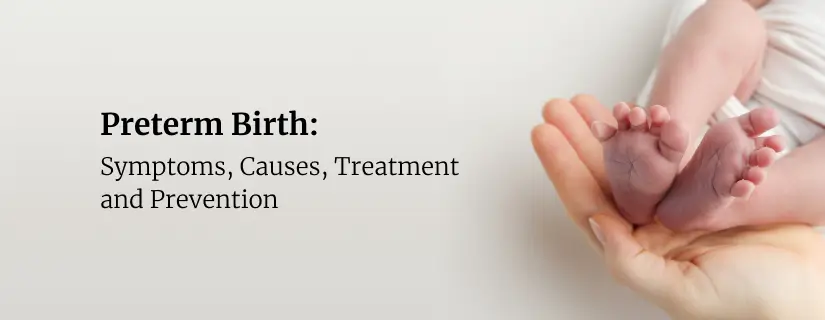
Preterm Birth (Premature Birth): Symptoms, Causes, Treatment and Prevention
13 May 2025
Read More
-

Rotablation Angioplasty: Benefits, Treatments, And Recovery Time
9 May 2025
Read More
-
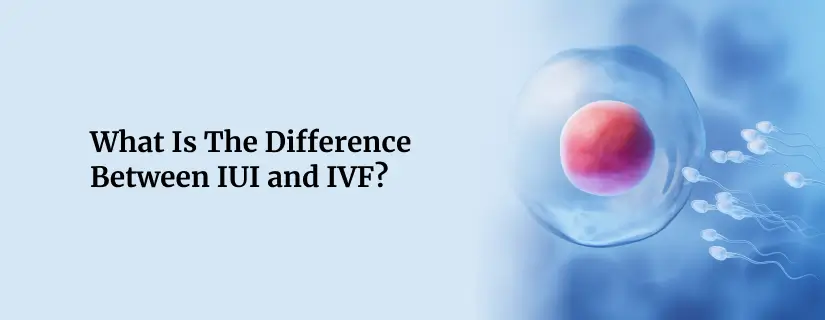
What Is The Difference Between IUI and IVF?
9 May 2025
Read More
-
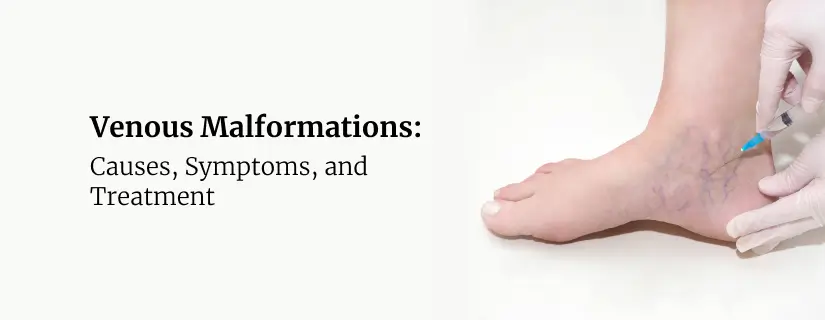
Venous Malformations: Causes, Symptoms, and Treatment
30 April 2025
Read More
-
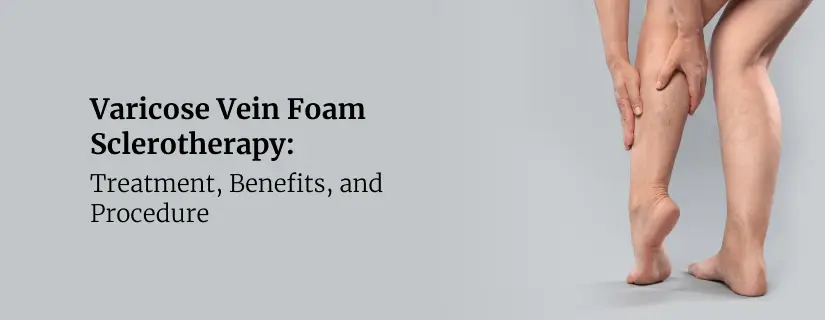
Varicose Vein Foam Sclerotherapy: Treatment, Benefits, and Procedure
30 April 2025
Read More
-
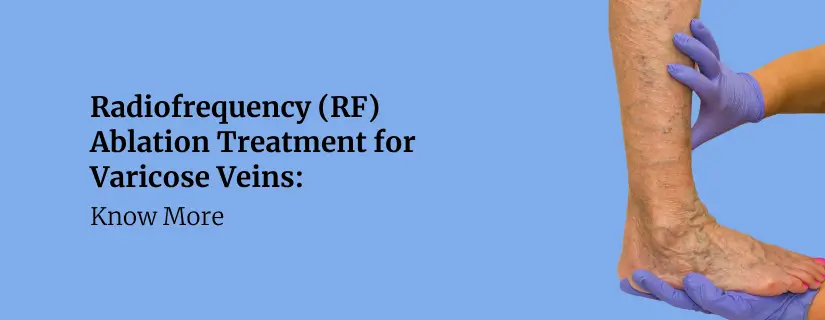
Radiofrequency (RF) Ablation Treatment for Varicose Veins: Know More
30 April 2025
Read More
-
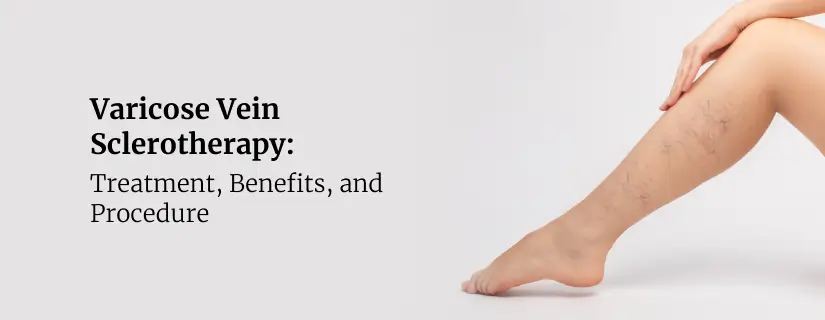
Varicose Vein Sclerotherapy: Treatment, Benefits, and Procedure
30 April 2025
Read More
-
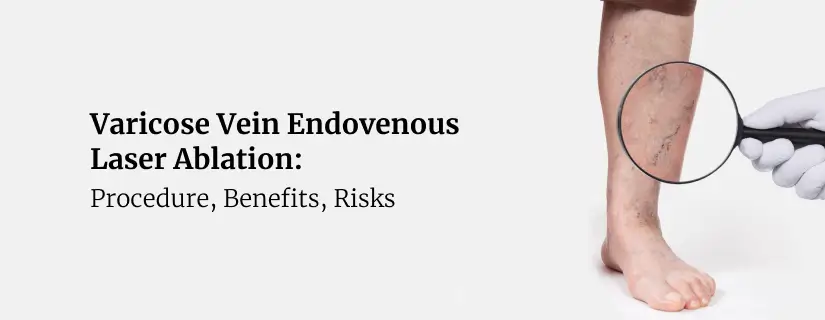
Varicose Vein Endovenous Laser Ablation: Procedure, Benefits, Risks
30 April 2025
Read More
Have a Question?
If you cannot find answers to your queries, please fill out the enquiry form or call the number below. We will contact you shortly.





